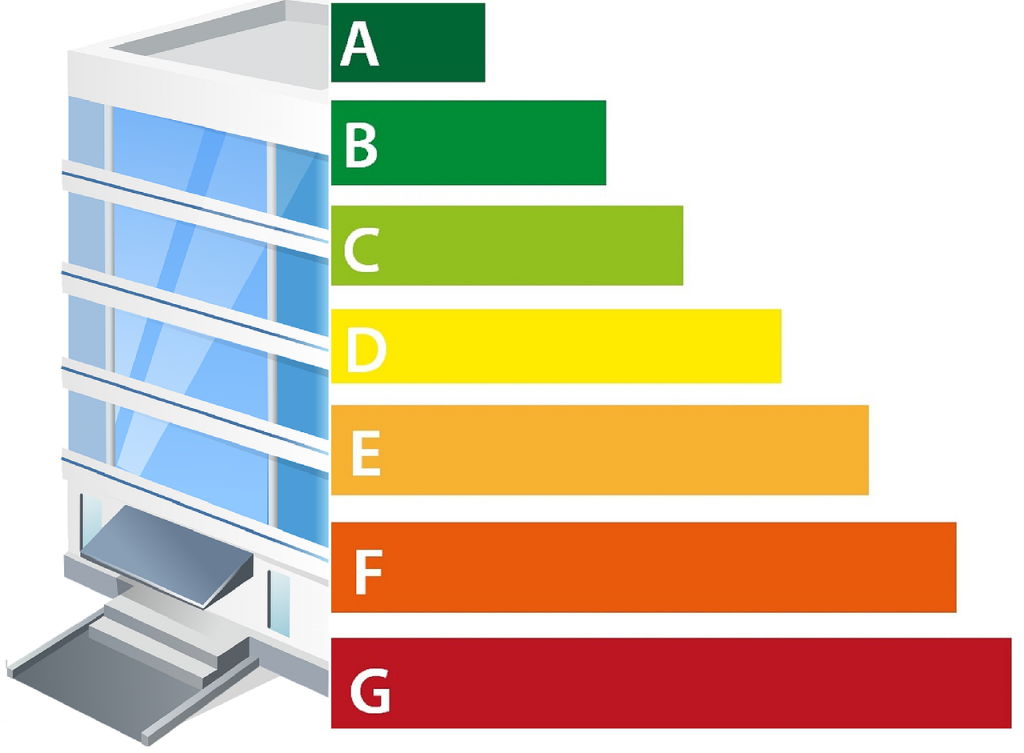Energy Conservation
Introduction
Once you understand your ecological footprint, you can start finding ways to reduce energy usage. Small changes can add up to make a big difference in your energy usage and monetary expenditure: Energy.gov outlines the energy and financial outcomes of various recommended actions.
To be as effective as possible, start with a home energy audit, which will examine every area of your indoor property (including basements, attics, and garages) for both energy and other environmental concerns. A high-quality energy audit can include blower door testing to find air leaks, gas leak testing, heating appliance testing, and more. At the end of the audit, you will receive a detailed list of recommended changes to make.
HVAC systems
HVAC systems are the largest energy users in US homes, accounting for up to 46% of a home’s energy consumption. There are many ways to improve your current HVAC infrastructure as well as options when you’re installing a new system. For existing systems, regular maintenance is important, as is finding the lowest or highest setting on the thermostat that will keep your home comfortable enough. Remember to dress for the season, too, which can help regulate your body temperature.
Energy.gov provides a helpful guide to heating and cooling systems that covers using programmable thermostats, efficient cooling systems, heat pumps, and topics related to water heating (which is the second-largest energy user in the home).
Appliances
Appliances account for approximately 13% of energy usage. Choosing Energy Star certified appliances is ideal, of course, when you’re able to replace your appliances. Beyond that, you can change the way you use your appliances to conserve energy.
In the refrigerator, keep the most-used products in easily accessible areas and clean underneath and behind the unit regularly to maintain good airflow. Only wash full loads of laundry and use cold water. Choose to use smaller appliances (like a toaster oven or slow cooker) over the oven when possible, and use the oven only in cooler parts of the day in the warm months. These are just a few tips; find more energy-saving methods at Direct Energy.

Windows and insulation
Given that heating and cooling use the most energy at home, good insulation is an important factor in energy conservation. Common sources of heat loss include attics and window and door frames. An energy audit will identify which areas of your home are the biggest sources of heat loss so you know where to focus your efforts.
When choosing insulation, you’ll want to understand R-values, which indicate the overall effectiveness of a type of insulation. Make sure you’re choosing insulation with the right R-value for your climate zone (scroll down the page to see a map).
Solar Panels
The sun offers us the cleanest and most abundant renewable energy source available, and many parts of the US receive abundant sunlight. For those who can afford it, installing home solar panels is a great method of energy conservation. Many states offer financial incentives to homeowners to help offset the cost. Look for tax credits, cash rebates, and other solar panel incentives by state. On that same page at EnergySage, you can look up estimated costs of installing solar panels in your area.
There are a few types of solar panels available to homeowners.
First-generation options include monocrystalline silicon panels—these are currently the most common household panels—polycrystalline silicon panels, thin-film panels, and amorphous silicon panels. A more recent design and the second most popular are cadmium telluride panels.
Read more about the advantages and disadvantages of these types of solar panels to figure out the best option for you.
Beyond installing single-home panels, homeowners have the option of joining or creating a community-based program called a solarize campaign. This gives everyone involved the ability to negotiate rates and decrease the up-front costs of solar energy.
Wind Energy
You may be used to fields of wind turbines on small hills or plains, but did you know home wind turbines are also available? Wind energy is a cost-effective option: the Office of Energy Efficiency and Renewable Energy tells us that it’s one of the lowest-priced energy sources available. In addition, because it is sold at a fixed price and has free fuel, it mitigates price uncertainty of traditional sources of energy. While wind power cannot meet our entire energy need, it is a valuable supplemental source.
To make use of renewable wind energy, you can either install a home wind turbine in your yard or buy wind energy from your utility company. There are a few ways to do the latter, depending on your location. If you live somewhere with competitive utility options, find out which one offers green energy. You may also have the option to purchase Renewable Energy Certificates (RECs)—also called green certificates—which are sold separately from your current electricity service. With these, you pay for electricity produced on your behalf using renewable sources.
Home wind turbines work best in rural areas due to zoning restrictions and space needs, though there are also rooftop turbines that may work well for suburban settings and some urban ones too. If you live in a location with regular high winds, this may be a good option for you. Use this Climate.gov average wind speed tool to find out. As with solar power, you’ll likely find incentives and rebate programs for installing home wind turbines.
Actions
- Find solar panel policies and incentives in your state
- Choose the best solar panel option for you
- Consider joining or starting a solarize campaign in your community
- Look into REC providers in your area
- Consider the value of installing a home wind turbine